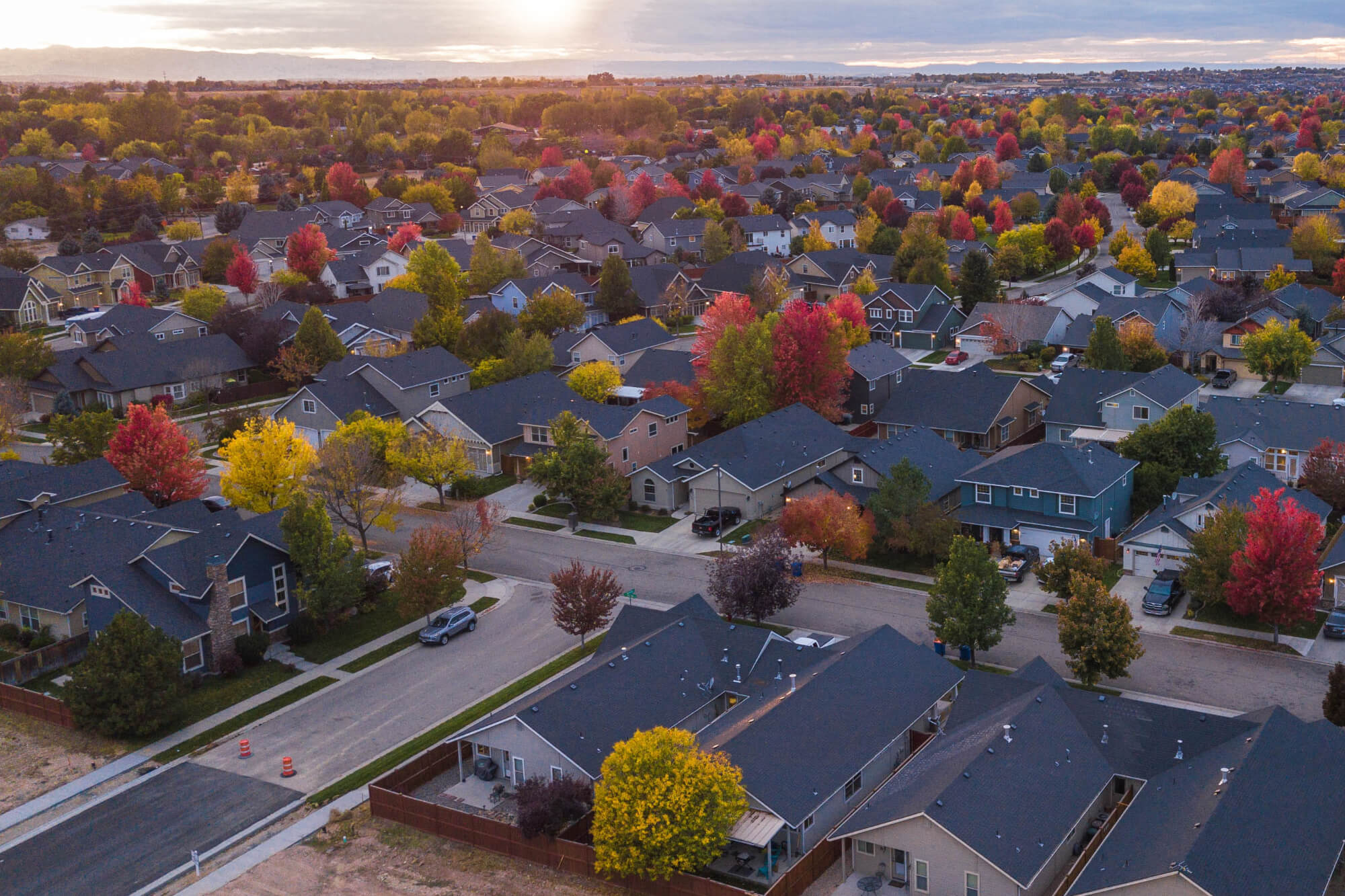
How to know you need a new roof?
Your roof is one of the essential components of your home’s structure, protecting you and your belongings from the elements. Over time, however, roofs can wear out or become damaged, leading to costly repairs or total replacement.
Knowing how to inspect your roof and recognize the signs of damage is essential to avoid these issues. In this guide, we’ll cover what roof damage looks like, how to inspect your roof, and what to remember when deciding whether to repair or replace your roof.

Signs for how to know you need a new roof.
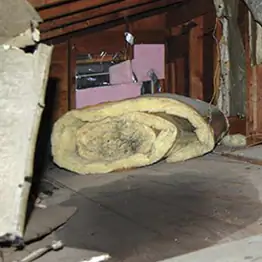
Attic Leaks
Check your attic after severe weather for leaks, which could indicate damaged shingles, failed underlayment, or deteriorated flashing. Promptly addressing these issues can prevent costly water damage to your home.
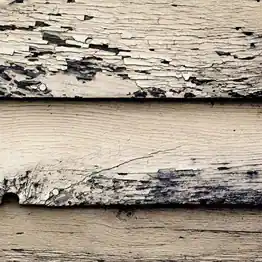
Blistering
Inadequate ventilation can result in trapped moisture within your home, which can cause blistering and peeling of exterior paint.
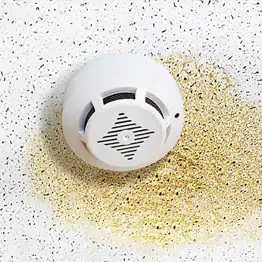
Ceiling Stains
Leaks from outside or trapped moisture within your house can lead to stains and potential growth of mold or mildew.
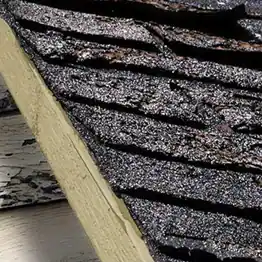
Sheathing Decay
Poor ventilation and trapped moisture in your roofing can cause decay of the sheathing, which is the foundation layer of plywood that supports your roof. Signs of damage may include a sagging ceiling, broken gutters, leaks, or missing shingles.
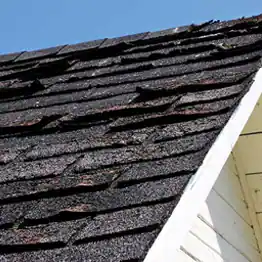
Shingle Damage
Shingles that have reached the end of their lifespan may become cracked, brittle, curled, or fall off, indicating the need for a new roof.
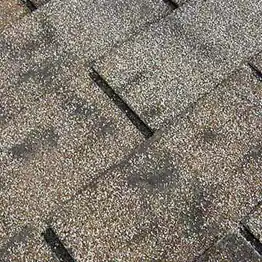
Dark Streaks
Dark stains on your shingles may appear to be dirt but could be moss, lichen, or blue-green algae. While this may not necessarily mean you need a new roof, if you do decide to replace your shingles, it’s important to address the issue to prevent future growth.
Steps to inspect your roof
Regular inspections are important to keep your roof in good condition and prevent any potential damage. Here are some steps to follow:
- Start Inside: Look for leaks, dark spots, holes, or sagging sheathing in your attic. Check your ceilings for stains, mold, or mildew.
- Step Outside: If you’re comfortable climbing a ladder, inspect your roof up close. If not, use binoculars to inspect from the ground. Clean leaves and debris from gutters and check for sagging or leaks. Look for rotting or signs of animal infestation in hidden areas like the underside of eaves and fascia.
- Head to the Street: Look for dark spots, missing shingles, or sagging. Check for blistering or peeling exterior paint. In areas with icy or snowy winters, watch for ice dams forming at the edge of the roof.
- Examine the Roof: Check for cracked, torn, warped, or missing shingles and popped or rusted nails. Inspect seams or joints for openings and ensure that roof vents aren’t covered or clogged. Look for any areas that sag or appear unsound. Ensure pipes and roof penetrations are sealed and don’t have any exposed nails. Inspect the flashing and ensure it’s not damaged or providing inadequate coverage.
Following these steps will keep your roof in good condition and prevent potential damage. In case some of these symptoms are noticeable on your roof, contact your McCoy Roofing’s professionals.
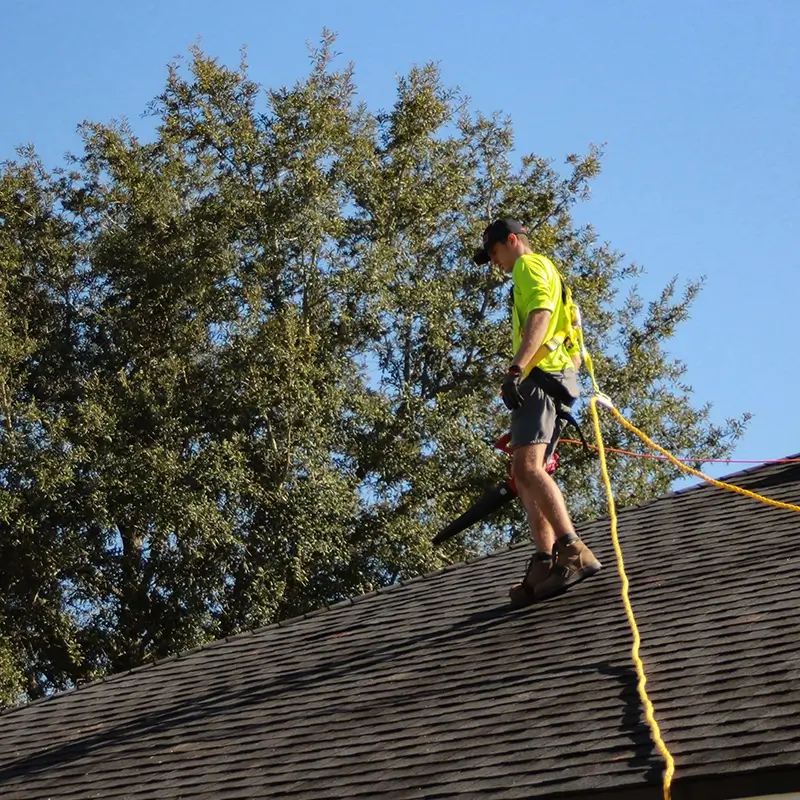
Things to keep in mind when looking for a roof replacement.

Determine the age and condition of your roof by checking the inspection report from when you purchased your home or asking a roofing company or building inspector to estimate it.

Spot-check your roof twice a year, in the spring and fall, and inspect your attic for damage. Consider hiring a professional roofing contractor if you feel uncomfortable doing it yourself.

Keep an eye on your neighbors’ homes, especially if they were built around the same time as yours, as they experience similar weather conditions. If your neighbors are getting new roofs, it may be time to do a roof inspection.

After significant weather events, like hail storms or heavy winds, check for exterior damage as soon as it is safe. This is one way how to know you need a new roof.